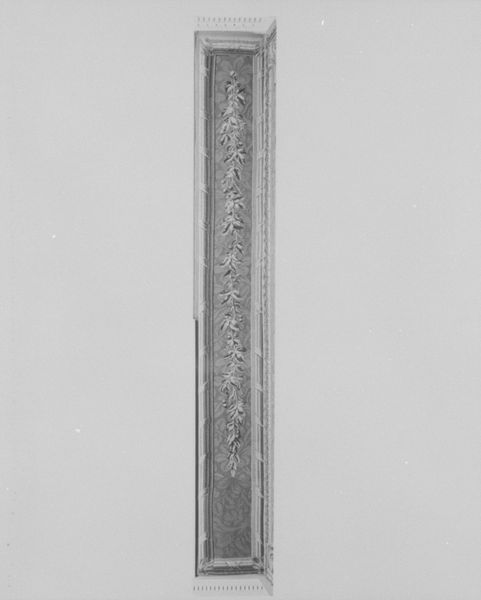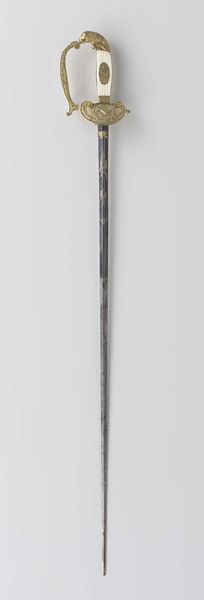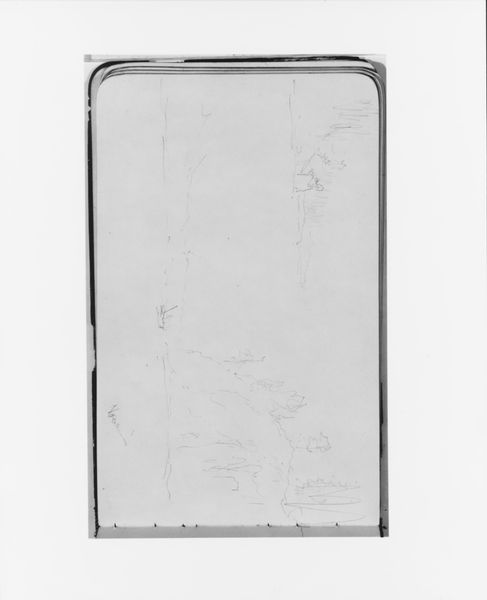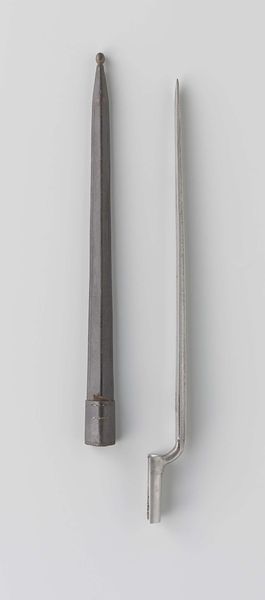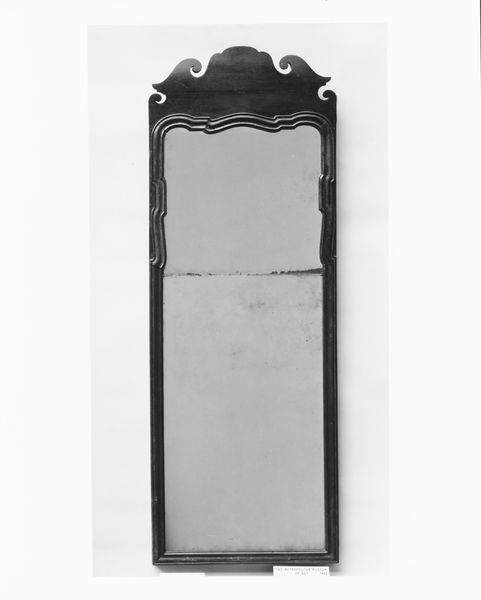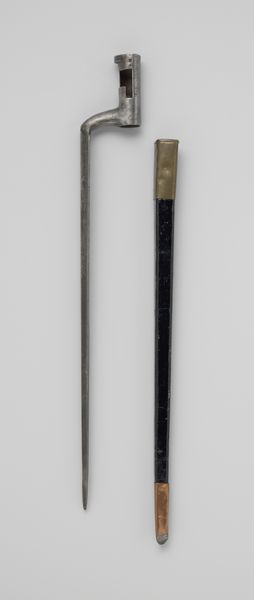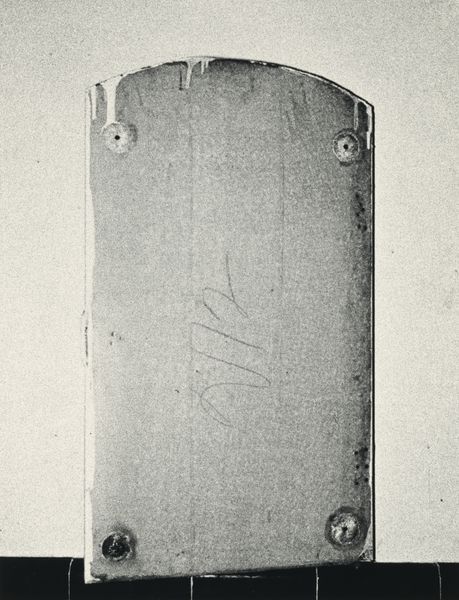
wood
#
form
#
geometric
#
england
#
line
#
wood
#
decorative-art
#
rococo
Dimensions: 57 x 20 3/8 in. (144.8 x 51.8 cm)
Copyright: Public Domain
Curator: We’re looking at "Looking Glass," a piece created by John Elliott, Sr., sometime between 1762 and 1767. It's currently housed at the Metropolitan Museum of Art. Editor: It strikes me as very... orderly. Refined, certainly, but perhaps hinting at societal restrictions more than aesthetic freedom. It's wood, right? But trying to pretend to be more? Curator: Exactly. It’s crafted from wood but displays a Rococo aesthetic, evident in the flourishes and curves. The piece emphasizes line and form, typical of decorative arts in 18th-century England. It plays with geometric principles in its overall design, don't you think? Editor: True, but who benefits from this “order”? Rococo often masked real inequality with beauty. Think of the rigid class structure in England. Mirrors literally reflect back who's important and who’s not. Was this for the elite? What would a servant see in it? Curator: Your points are well taken. Aesthetically, however, the work presents a compelling exploration of positive and negative space through the curves in contrast to the rectangular field of the glass itself. The decorative piece at the top—a circle filled with leaves or petals carved in low relief—provides an ornamental accent to an otherwise streamlined rectangular form. Editor: Streamlined only if you ignore the socioeconomic rivers flowing beneath! Mirrors held immense power; ownership alone denoted privilege. And while visually “balanced,” that symmetry serves to reinforce a very unbalanced status quo of its time. Even today, “looking glass” holds different meanings for people depending on access and visibility. Curator: Agreed, that the mirror served multiple roles in eighteenth-century society. However, considered formally, “Looking Glass” offers viewers an opportunity to closely examine decorative objects, while exploring form and craftsmanship, and a style reflective of an era's artistic preferences. Editor: Ultimately, "Looking Glass" offers reflections on art and society. Both past and present. It allows viewers the chance to gaze upon ourselves in new contexts, through material objects.
Comments
No comments
Be the first to comment and join the conversation on the ultimate creative platform.

